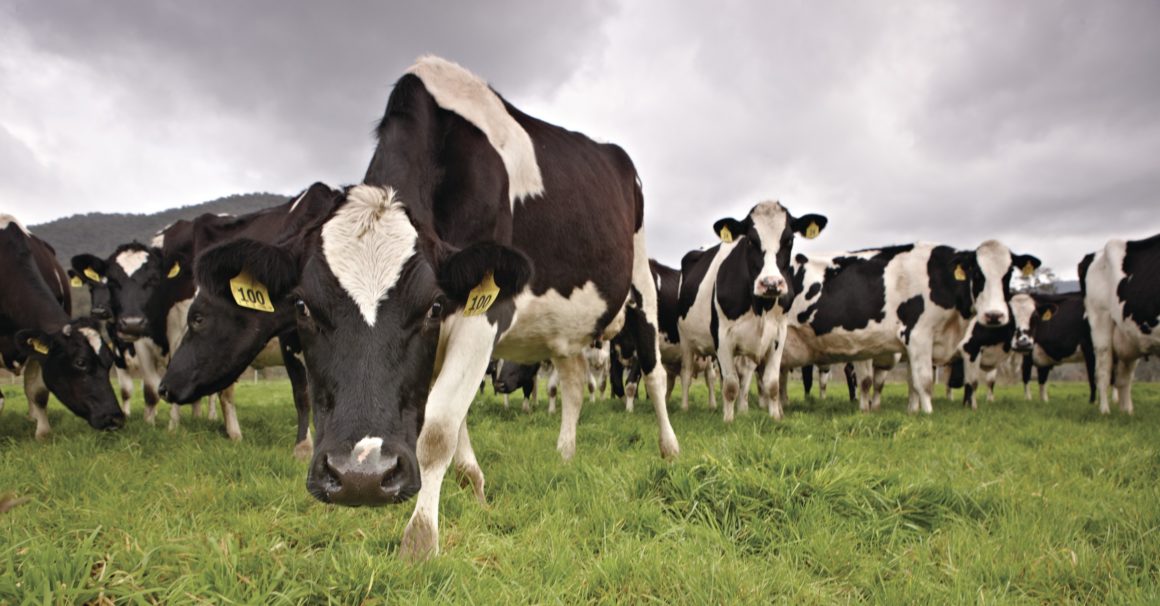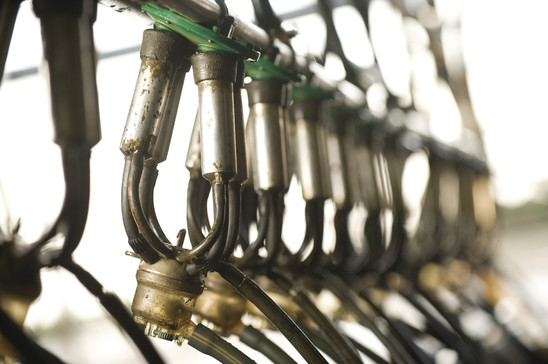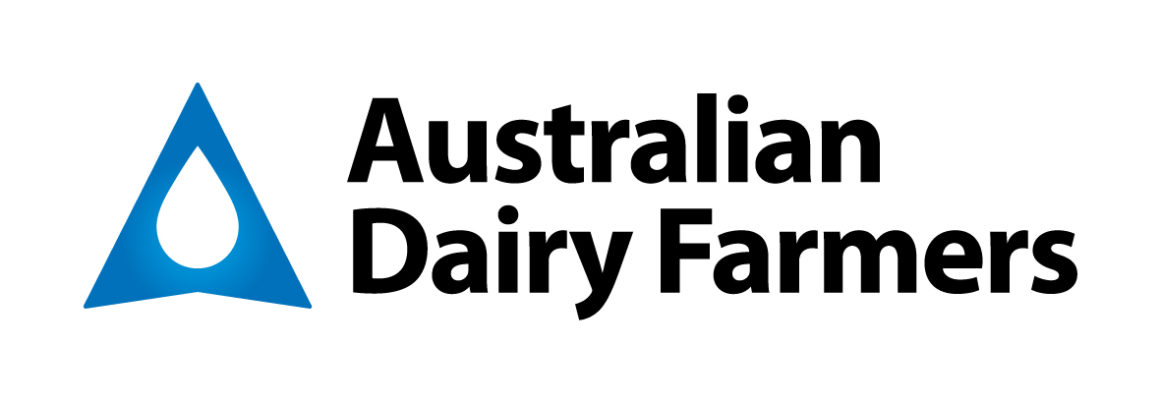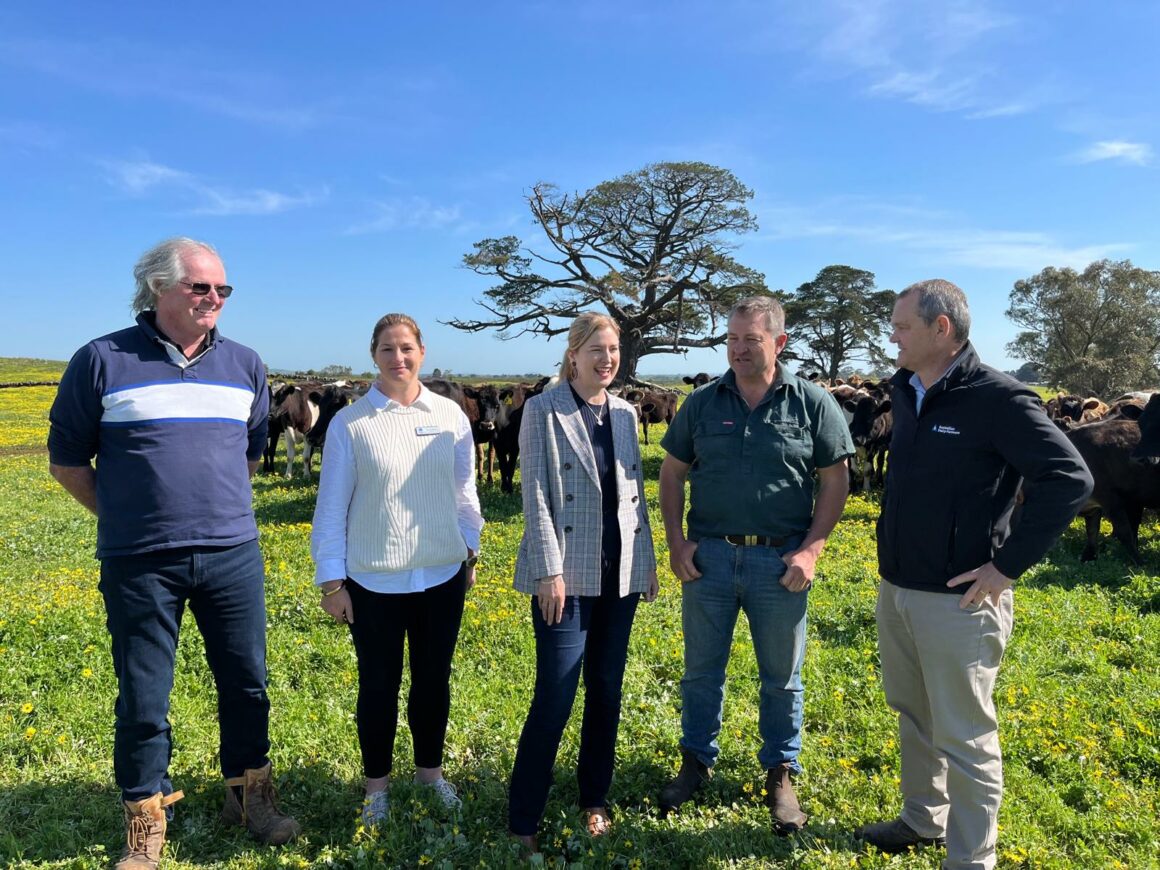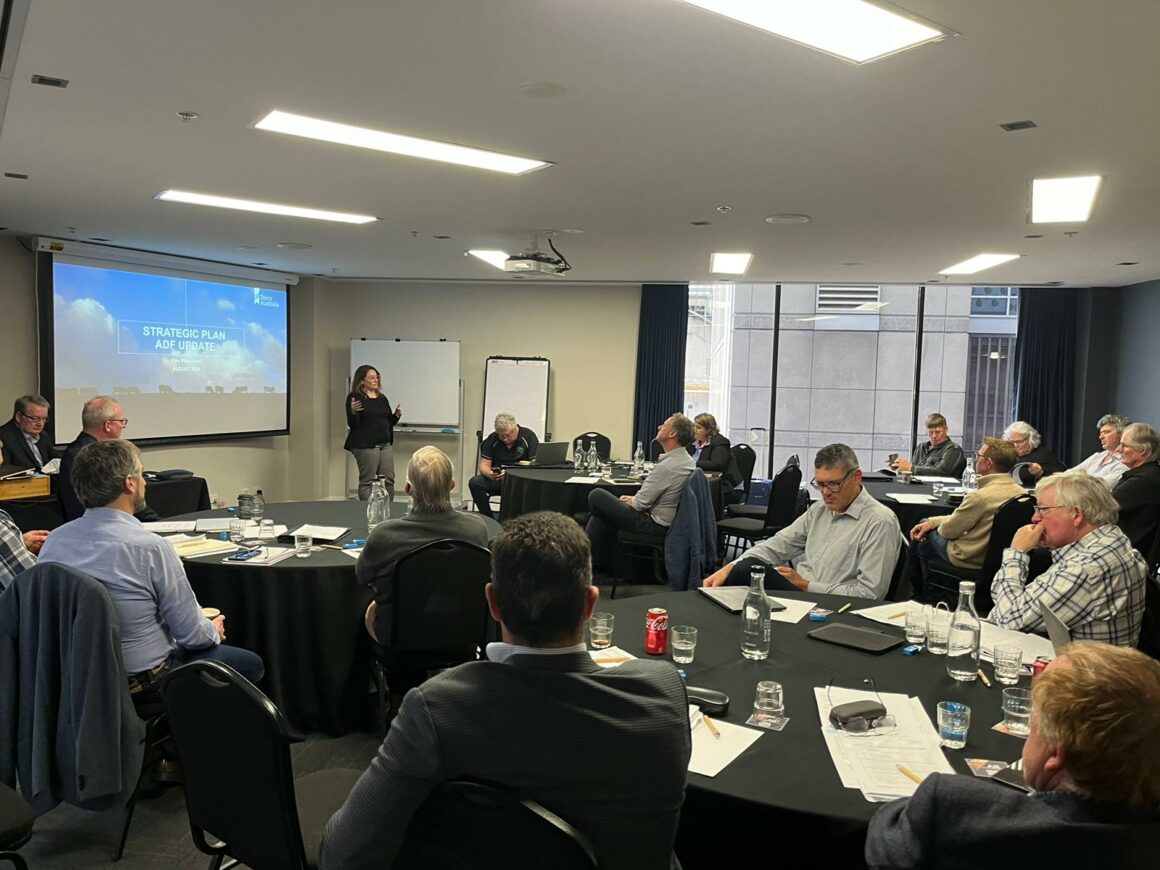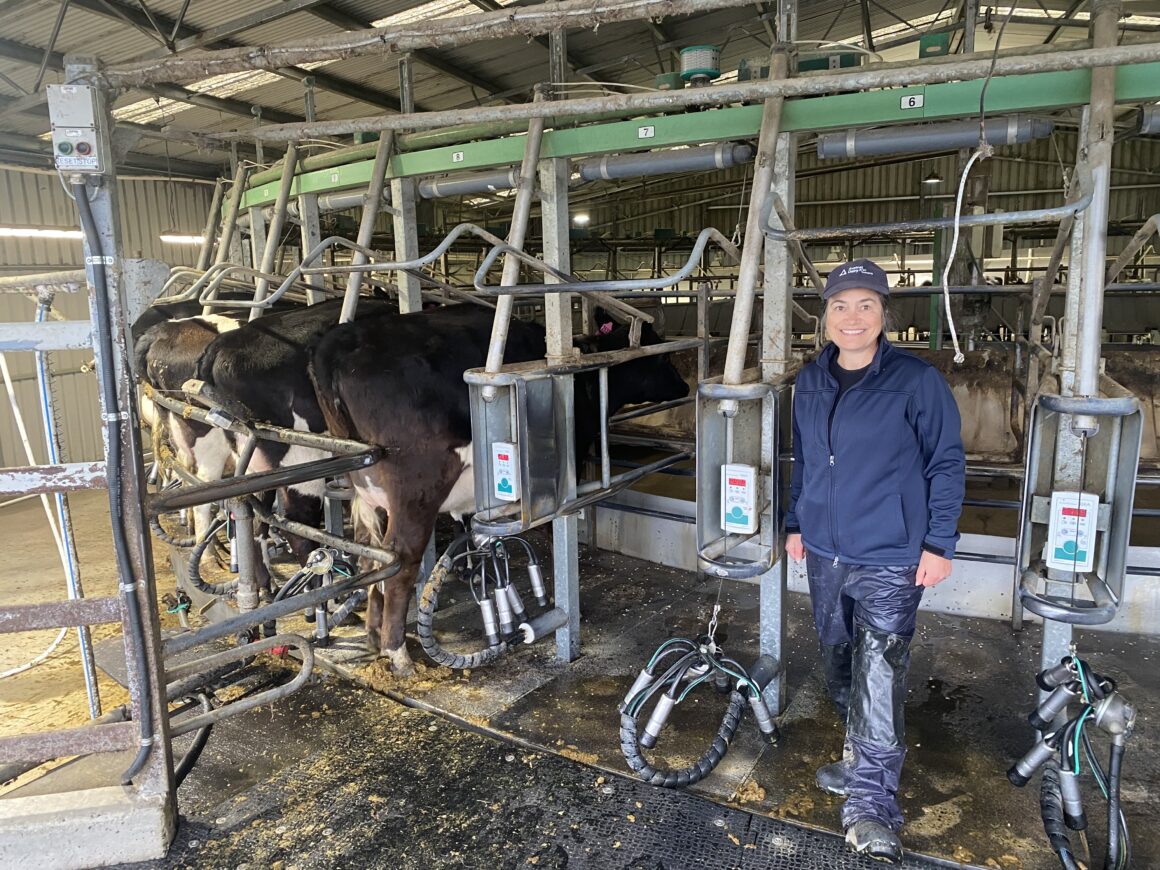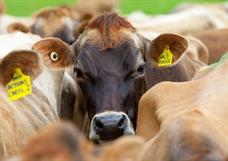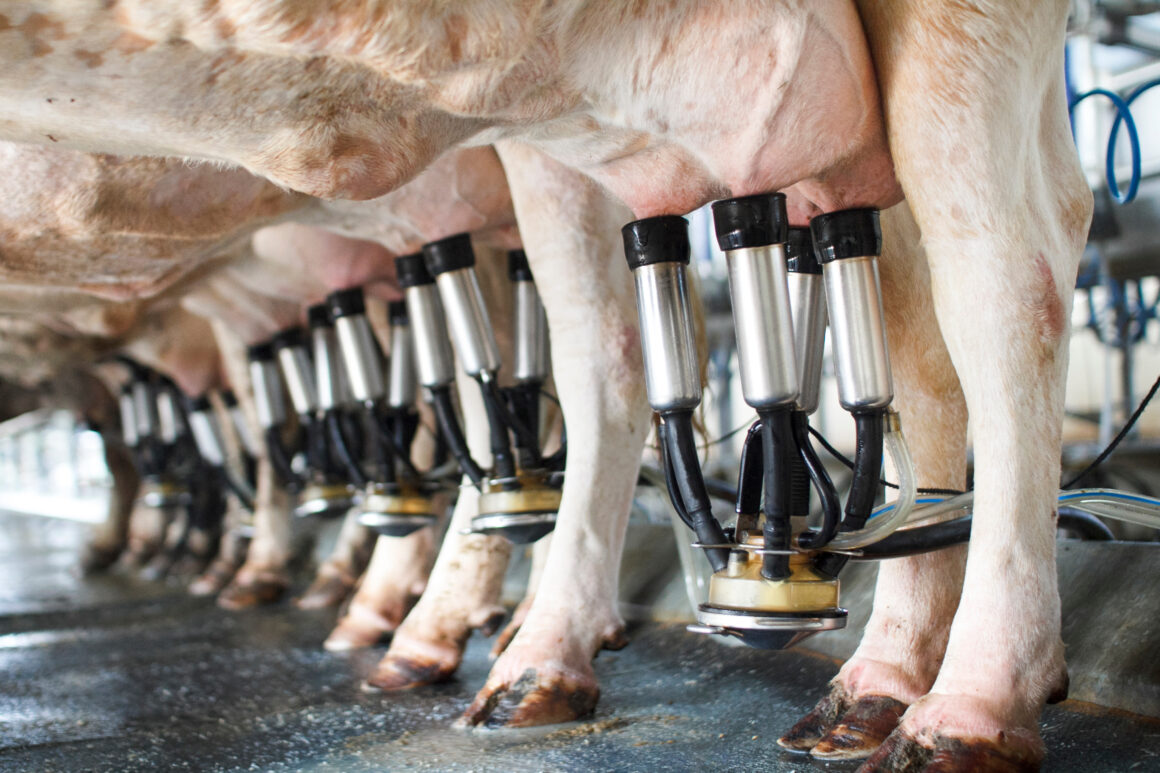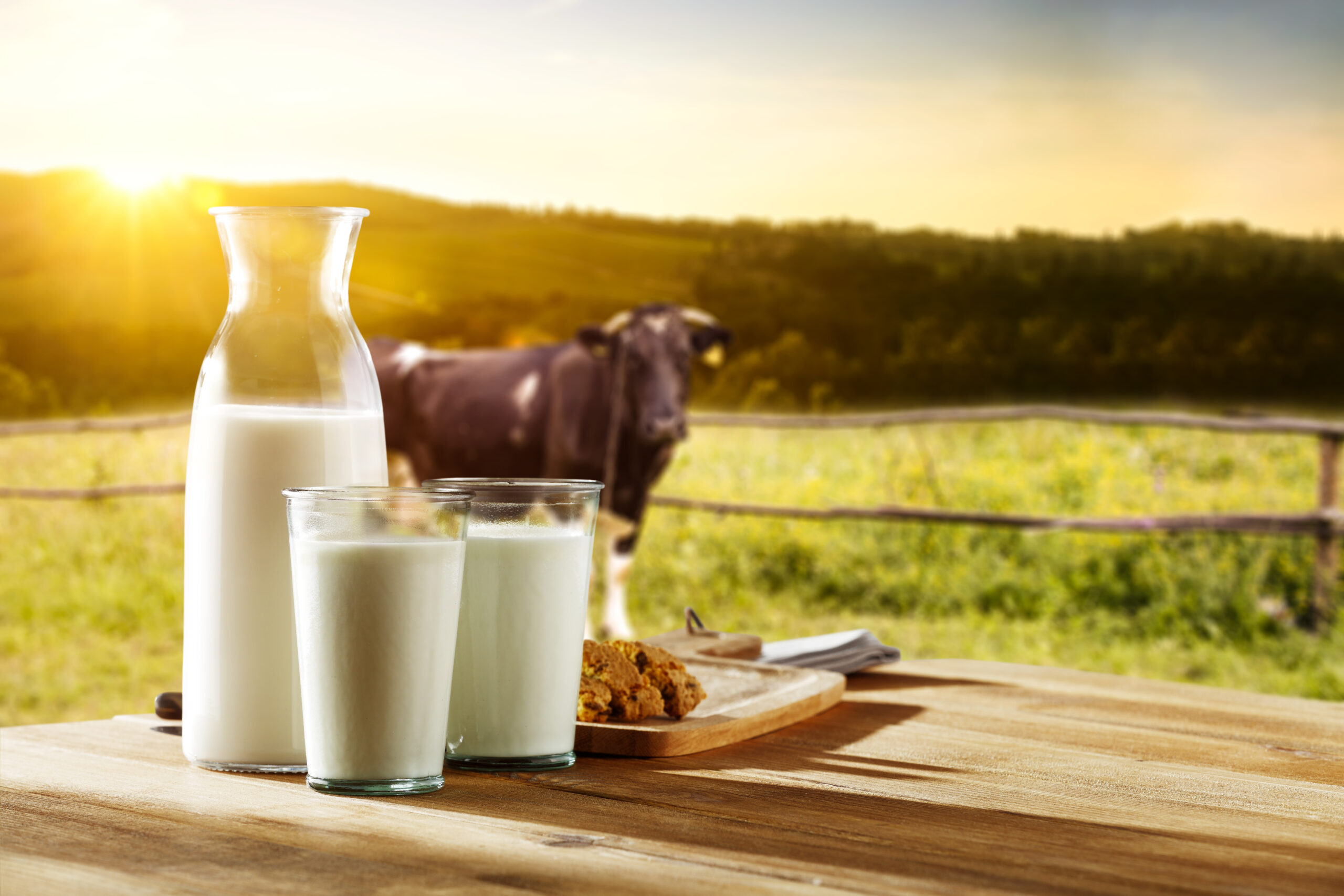By Ben Bennett, President, Australian Dairy Farmers
As a dairy farmer, it’s infuriating to witness the blatant disregard processors have for the backbone of this industry – us, the dairy farmers.
Recently, some processors announced modest increases in their farmgate milk prices. For Fonterra, as an example, this is less than a two per cent increase.
It’s a move the company’s dairy farmers in Australia were right to celebrate.
But there’s a blatant double standard at play in how processors set prices, which is clearly evidenced by the discrepancy between farmgate prices in Australia and New Zealand.
Across the ditch, last month Fonterra upgrade its mid-point milk price forecasts for suppliers in New Zealand to a record NZ$10 per kilogram of milk solids.
This equates to around AUD$9/kgMS in our currency. The co-op says this “reflects strength in the global market”.
As I write this, Global Dairy Trade’s (GDT) price index is up almost 14pc since early July.
Yet other processors drag their feet, refusing to pass on any benefits to the people who work so hard each and every day to produce the milk that keeps their operations afloat.
This is a complete double standard when compared to the lead-up to the current milk supply season.
In early 2024 the Australian Dairy Products Federation (ADPF) and processors were going to lengthy efforts to collectively manage market price expectations that prices should decrease in line with overseas prices.
They warned that milk price decreases were necessary due to lower overseas prices and pointed to New Zealand and the GDT as evidence.
Ironically, now as prices start increasing overseas in NZ and on the GDT we do not hear the same rhetoric or willingness to increase prices accordingly.
Instead, ADPF stated the need to “work together” and the importance of unity within the industry. But where’s this camaraderie when it comes to fair compensation?
Their rhetoric about collaboration rings hollow when processors prioritise their profits over the livelihoods of farmers. It’s a classic case of all talk and no action.
I have been vocal about the challenges we dairy farmers face, pointing out supermarkets’ aggressive pricing strategies, like slashing home-brand milk prices and the immense pressure on farmers, squeezing us out of business while retailers boast soaring profits.
Yet, processors seem content to let dairy farmers bear the brunt without offering any relief.
Australian Bureau of Agricultural and Resource Economics and Sciences (ABARES) reported in its December Agricultural Commodities Report a staggering forecast of a $760 million loss in dairy production value in the current season.
Most of that drop directly relates to lower farm gate milk prices.
This isn’t just a number; it’s a devastating blow to our incomes, our families, and our communities.
While we’re left grappling with these losses, processors maintain their stranglehold on the industry, dictating terms and prices with little regard for farmers’ welfare.
If a loss of three quarters of a billion dollars was forecast in a financial year for any major Australian company, it would be all over the news and there would be calls for an investigation.
Yet this came and went with only Australian Dairy Farmers voicing concerns.
The power imbalance is glaring. Processors are the price-setters making decisions that impact our community’s livelihoods without any transparency or accountability, while farmers remain the price-takers.
Their reluctance to adjust farm gate prices, even modestly, underscores their market power and dominance.
Looking at the fundamentals that underpin this situation, the ABARES report suggests growth in global demand for dairy products will outpace global supply growth. Slowing production in China contributes to this picture.
Regardless of the cause, Australia’s dairy farmers know how supply and demand works.
It’s high time processors put their money where their mouth is. If they truly believe in working together, they must start by ensuring fair compensation for farmers.
Empty words won’t pay our bills or sustain our farms. We need tangible actions that reflect a genuine commitment to the wellbeing of the entire dairy industry, starting with those who are its very foundation.

